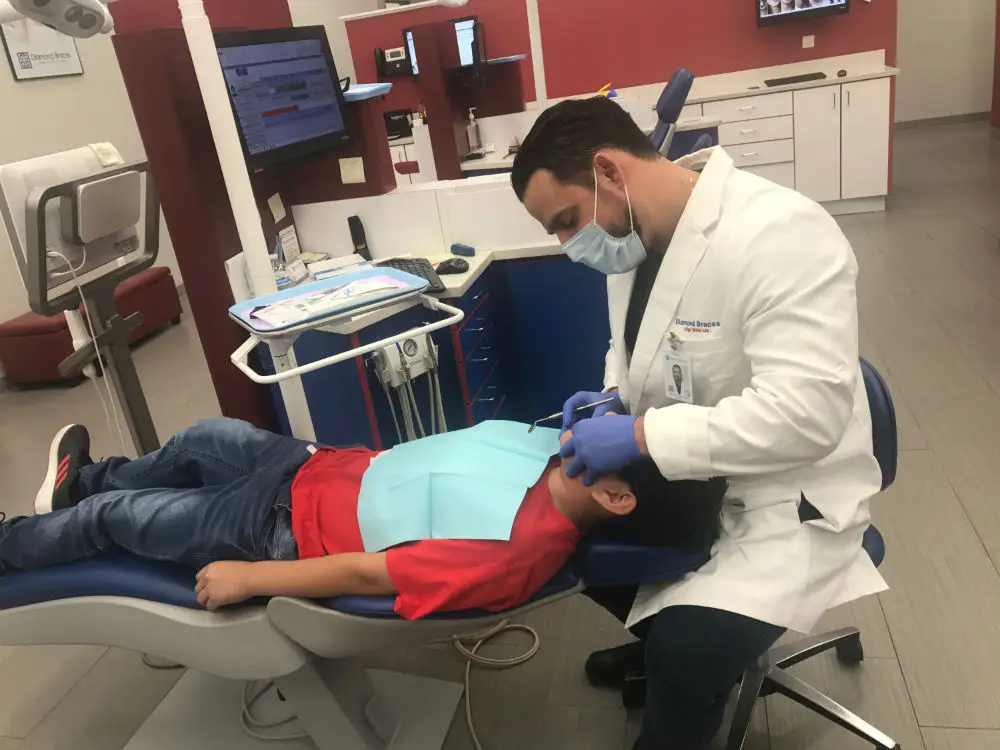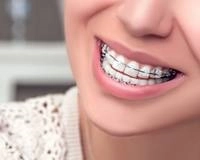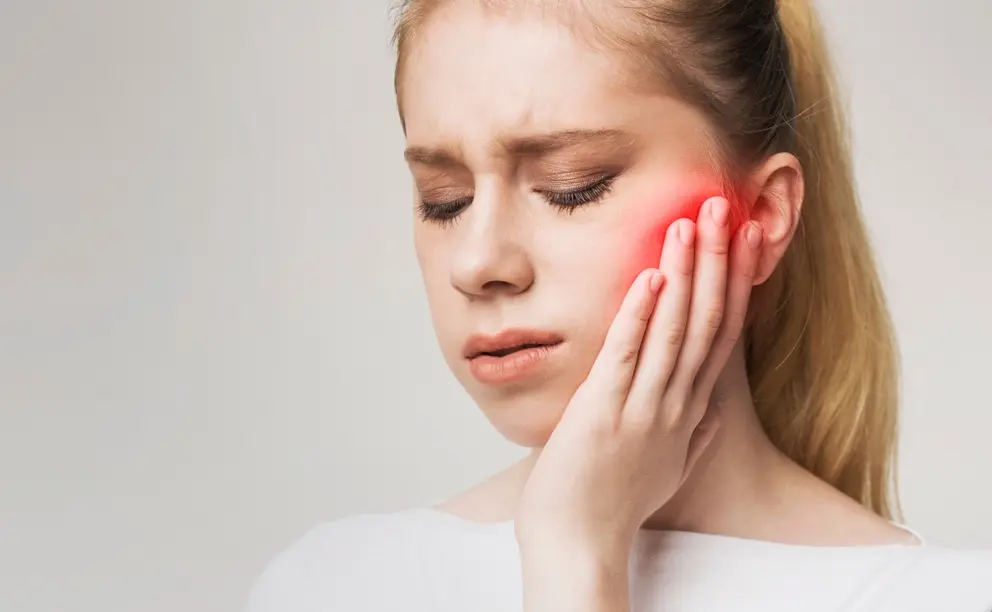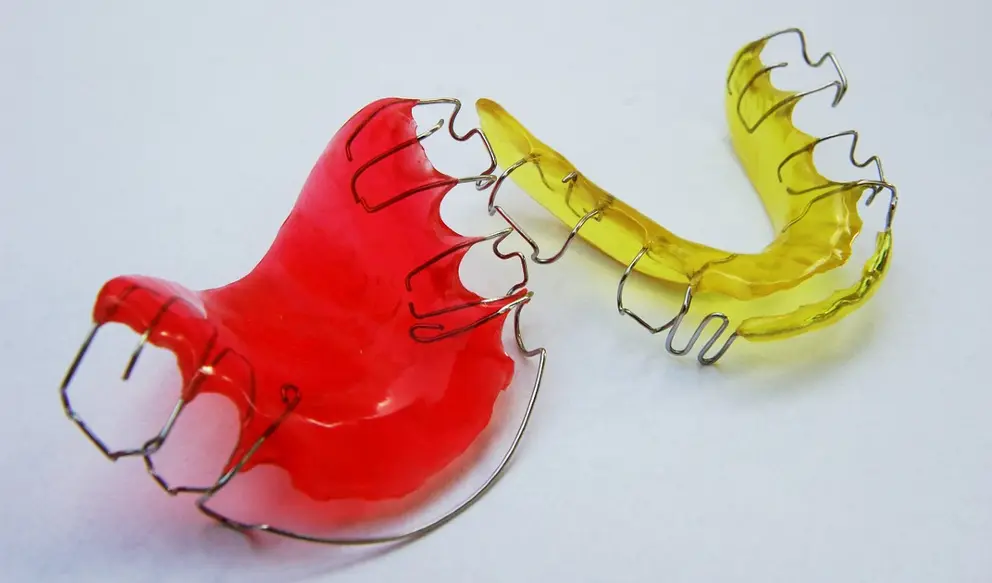
When Braces
Are First Applied
Orthodontists refer to the procedure of getting braces as "bonding". This is because a special medical-grade glue bonds the brackets to each tooth. A metal archwire connects to bands or tubes on the back teeth and secures to the brackets.
The bonding process doesn’t cause pain. You might feel some discomfort when the orthodontist and assistants adjust the appliance in your mouth. Numerous individuals dislike the flavor of the adhesive, however, the attachment of the braces is painless.
The procedure lasts about 1-2 hours. When you leave the office, you’ll have instructions for care and tools to help with any discomfort at home.
Now, let's explore the "types of braces". One type is “lingual braces”, which are placed behind the teeth. They are less visible but can be more uncomfortable.
During the tooth movement process, you might experience some pain. But don’t worry, there are effective ways to relieve braces pain. For example, you can use a cold compress or take over-the-counter pain relievers.
Remember to follow the instructions given by your orthodontist. They are there to ensure your comfort and the success of your treatment.


